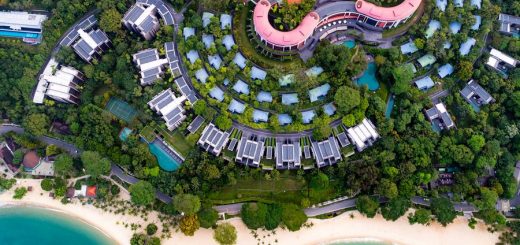China attractions
China is an awesome place if you are searching for adventure and ancient history feeling. In China’s mountainous northeastern region is the old city of Shenyang, an important center for trade and culture and home to the Mausoleum of Light (Zhaoling), also known as the Northern Imperial Tomb. One of northeastern China’s most important historic sites – it’s included on the UNESCO World Heritage Site’s list of Imperial Tombs of the Ming and Qing Dynasties – the tomb is noted for its unique architectural style: a combination of traditionally arranged Chinese burial sites and castle-like buildings of the early Qing period. Buried here in a vast site covering more than 180,000 square meters that took eight years to complete is Emperor Huang Taiji, who reigned from 1626-35.
The site is notable for its “Path of Souls,” a laneway lined with stone columns and sculptures of the emperor’s favorite horses. Another important site is the imposing Imperial Palace dating from the early Qing era, the second largest completely preserved palace complex in China after the Imperial Palace in Beijing. The complex served as a residence for the first Qing Emperors and includes several splendid courtyards around which are grouped numerous buildings, including the Hall of Exalted Government (Chongzheng Dian) housing the imperial throne.
The Yungang Caves or Grottoes at Datong is one of the great examples of early Buddhist cave art. Here, monks carved more than 51,000 statues, ranging in size from several inches to tens of feet high into the hillside. Work on the carvings in the 252 grottoes took place in the fifth and sixth centuries. If possible, visitors recommend coming here in off-season when it is less crowded. One of the main reasons to visit Hangzhou, capital of Zhejiang Province, is to see West Lake, a large freshwater lake that is the symbol of this East China city. Forested man-made islands with temples and pagodas dot the lake, which is rarely deeper than five feet. West Lake, considered one of the most beautiful lakes in China, is divided into smaller lakes. It was once an imperial retreat.
The star attraction of China is the Great Wall, a spectacular defensive structure built to keep intruders from entering the mainland, which stretches from Jiayuguan Pass in the west, to Shanhaiguan Pass in the east, with a total length of 8851.8 km that traverses Liaoning, Hebei, Tianjin, Beijing, Inner Mongolian and Shanxi, Shaanxi, Ningxia, Gansu, etc. 9 provinces and municipalities. The steady stone fortification is a symbol of China, which was inscribed into the list of the World Cultural Heritage Site by UNESCO. See more info at China tours.
The 900-year-old village of Hongcun has long drawn in-the-know Chinese visitors, who love its tranquil vibe and distinctive architecture. The striking Huangshan mountain backdrop (see No. 2) doesn’t hurt, either. Its classic structures, Moon Lake and picturesque locals have been an inspiration for art students for decades. Walking the narrow lanes paved with quartzite and seeing farmers working in rice fields, with the reflection of ancient houses in the lake, should provide enough material to get you started on your own visual masterpiece.








